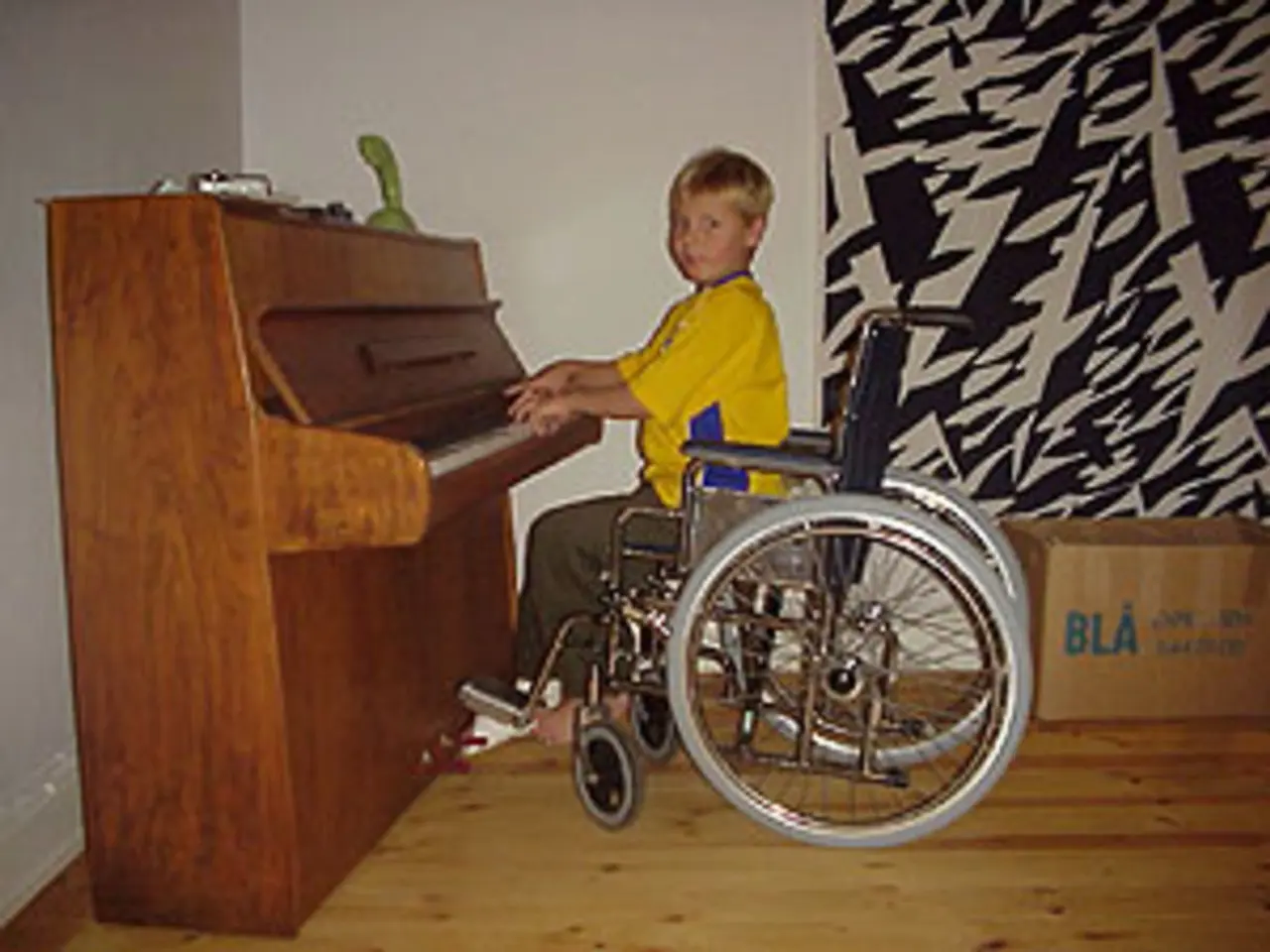Home-Based Autism Treatments You Can Explore
In the ever-evolving landscape of autism care, home-based therapies have emerged as a valuable resource for families. A study involving 34 children demonstrated the efficacy of one such therapy, home-based floortime, which showed that 47% of participating children made good progress, with an additional 23% making fair progress, totaling 70% who benefited from this approach.
Floortime, a form of play therapy, encourages one-on-one interaction with an autistic child at their level. This therapy aims to foster emotional engagement and interactive behavior, making it an enjoyable and child-led experience. It can be facilitated by a therapist, teacher, family member, or parent.
Another widely used home therapy is Applied Behavior Analysis (ABA), which focuses on teaching skills by repetition and reinforcement. ABA traditionally focused on hiding or eliminating behaviors, but punishment is no longer part of current ABA practice. This therapy can be adapted for home use by breaking down teachable skills into small steps and teaching them one at a time.
Parent-Child Interaction Therapy (PCIT) is another coaching therapy that emphasizes teaching therapeutic strategies to the most influential person in a child's life: the parent or guardian. PCIT consists of two stages: Child Directed Interaction (CDI) and Parent Directed Interaction (PDI).
Common goals for home ABA therapy include toileting, self-help skills, requesting and labeling items, and improving food-related problems. Speech therapy, another at-home intervention, can help autistic children increase their communication skills. Activities for speech therapy at home can include reading, singing, naming things, explaining actions, playing games, creating art, role playing, and matching pictures to words.
The prevalence of autism has increased over the years, with 1 in 44 people identified as autistic in 2018. It's important to note that autism is a neurotype, not a condition requiring a cure. The goal of autism therapy is to offer skill-building opportunities for autistic children to navigate the primarily allistic world.
In Germany, organizations such as specialized autism therapy centres, parent support networks, and foundations like "Licht ins Dunkel" and Lions Club offer support for home therapies based on Floortime, PCIT, ABA, or speech therapy. These often include financial aid and guidance on care allowances.
Treatment is complete when parents master specific skills and when the child's behavior has reached clear goals. Treatment isn't time-limited and can last for as long as needed. If you're considering home-based therapies for your child, it's always a good idea to consult with your child's pediatrician or therapist for suggestions or referrals. Connecting with other families in the autism community can also provide valuable support and perspectives.
Read also:
- Understanding Hemorrhagic Gastroenteritis: Key Facts
- Stopping Osteoporosis Treatment: Timeline Considerations
- Tobacco industry's suggested changes on a legislative modification are disregarded by health journalists
- Expanded Community Health Involvement by CK Birla Hospitals, Jaipur, Maintained Through Consistent Outreach Programs Across Rajasthan








